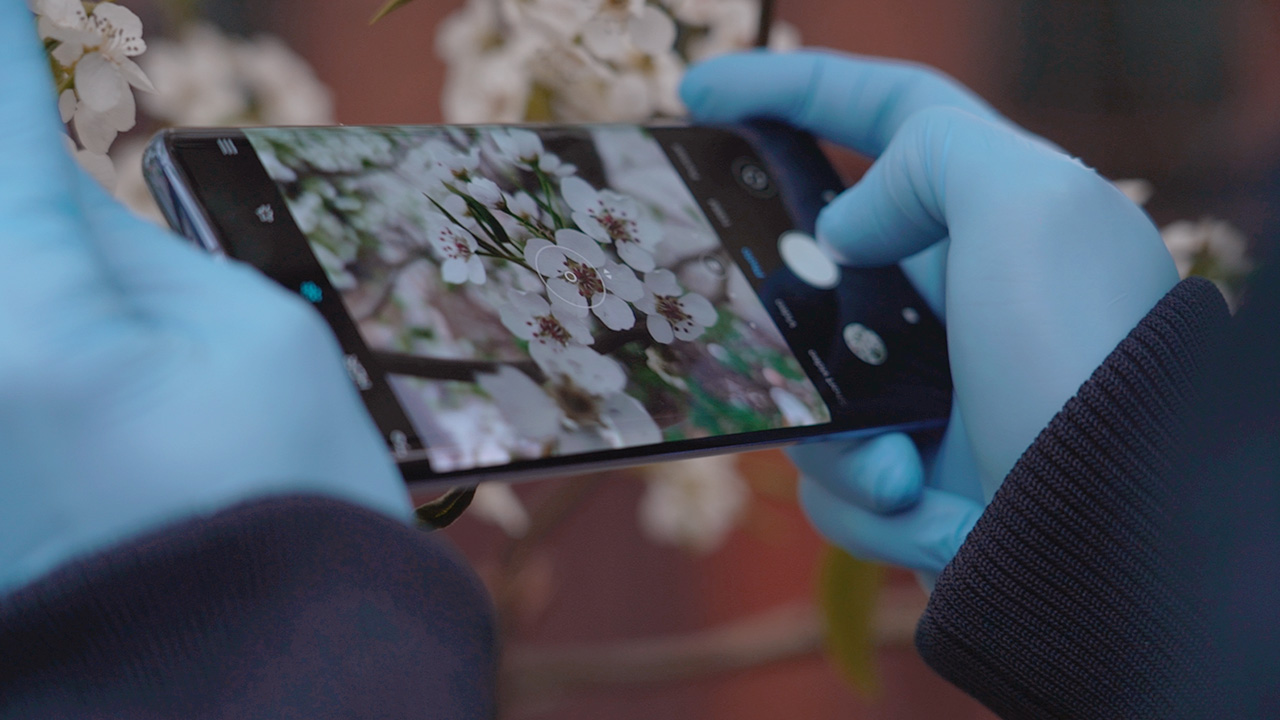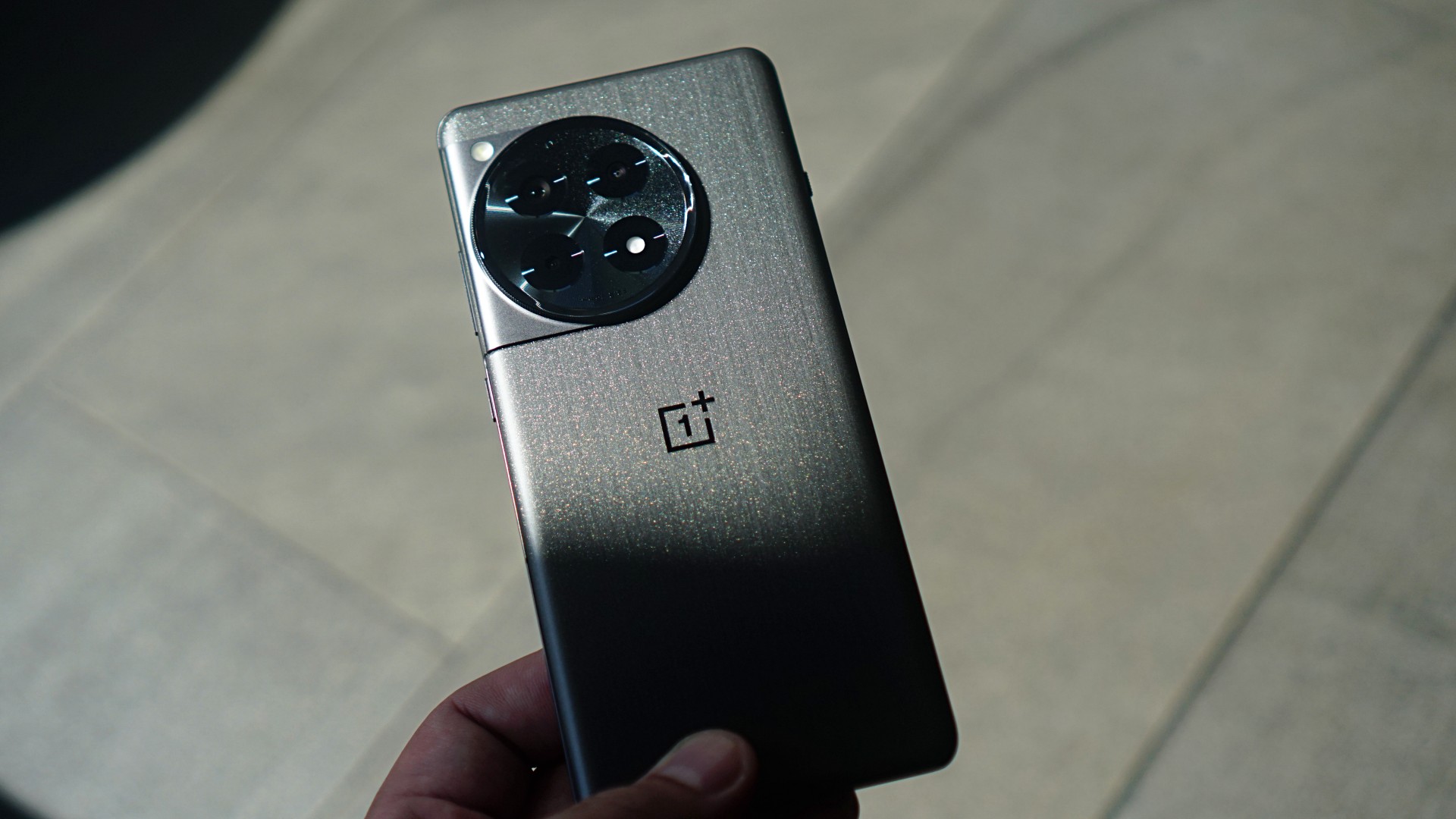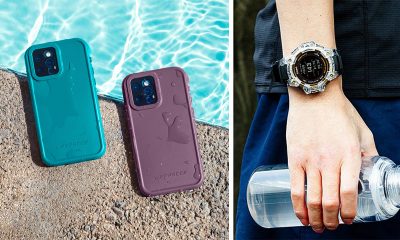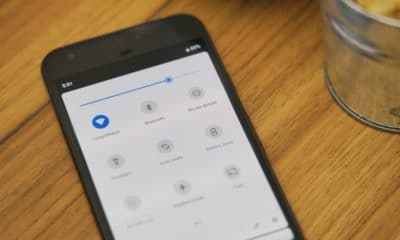Smartphones
Coronavirus can live on a phone’s screen for 28 days, study finds
There is a caveat, though

Smartphones are one of the grubbiest things we handle every day. From our fingers to our ears to our mouths, a human body comes into contact with a smartphone several times each day. Naturally, because of the ongoing coronavirus pandemic, phone sterilizers have turned into the norm. If you haven’t bought into the “clean phone” hype yet, a new study might convince you otherwise. Apparently, the coronavirus can live on a phone’s screen for 28 days.
According to a study conducted in Australia, the specific strain of SARS-CoV-2 responsible for today’s pandemic can survive up to 28 days on common surfaces including “glass, stainless steel, and both paper and polymer banknotes.” Further, the study also tested common substrates like vinyl, a material found in screen protectors.
Non-porous surfaces — like glass and vinyl — still had the virus after 28 days. Meanwhile, porous substances — like cotton — had the virus for only up to 14 days. Of course, there is a rather large caveat: The study happened under 20 degrees Celsius, a far cry from normal room temperature.
Countering this caveat, the study also conducted the same tests under 30 degrees Celsius. The virus survived for up to 7 days on steel and glass. It survived up to 3 days on vinyl and cotton. Also, at 40 degrees Celsius, the virus survived for only up to 48 hours on all surfaces.
Now, before you throw away your smartphones for good, remember that the tests were conducted under controlled lab conditions. The results do not indicate what might happen in the real world.
Besides the controlled temperature, the study applied the virus without mucus. It’s another important caveat since transmission usually occurs through contact with droplets. Even outside of a body, mucus contains white blood cells, which can reduce the virus’s survivability outside of a host.
Adding to this caveat, the study starts with an even more important warning: “the role of fomite transmission [that is, surface-to-body] is not yet fully understood.” If anything, the test merely proves that the virus is much more durable than expected.

News
Xiaomi Redmi A3 Philippine pricing, availability
Budget smartphone with high refresh rate display

Xiaomi is bringing high refresh rate displays to its budget line with the announcement of the Redmi A3. The latest addition to the entry-level Redmi line boasts of an expansive 6.71-inch HD+ display with up to a 90Hz refresh rate.
The Redmi A3 is available in Midnight Black, Star Blue, and Forest Green. The smartphone is priced at PhP 3,399 (3GB+64GB) and PhP 3,999 (4GB+128GB) respectively for its two configurations.
Customers may preorder the phone until April 27 via Lazada, Shopee, and TikTok. General sale begins April 26th in all Xiaomi stores nationwide. Freebies are a Basic Piston Earphone for online purchases and a 3-month Viu Premium subscription for in-store purchases.
The Redmi A3’s immersive screen allows users to consume various content in high-definition with better smoothness, a boost for a phone of its price point. The screen has Corning Gorilla Glass 3 protection as well, and DC dimming to reduce blue light exposure.
The phone also sports a refined design that lets go of the iPhone-looking camera arrangement. Instead, the main camera is now in the middle as part of a watch face-looking setup similar to other Android phone offerings.
Speaking of, an 8MP main shooter highlights the back of the Redmi A3. In front is a 5MP front camera. The phone is powered by a MediaTek Helio G36 processor and runs on an Android 14-based OS. Furthermore, it has a 5,000mAh battery with 10W of USB-C charging.
Other handy Redmi A3 features for users to utilize include a 3.5mm jack, Face Unlock, and Fingerprint Unlock.
Since the Pixel 6 series, Google continues to wow the market as one of the most unique camera designs available in the market today. This year, the brand’s Pixel 9 series might reinvent itself again with a slightly updated redesign.
Between the Pixel 6 and Pixel 8 series, Google introduced a wraparound camera island extending from the left edge to the right edge. While most smartphones today still use the traditional top-left island layout, Google’s lineup consistently grabs admiration from onlookers.
Now, according to an early leak (from Rozetked, via 9to5Google), Google might cut the camera island’s size before it reaches either side of the Pixel 9. The remaining chunk looks like a horizontal pill-shaped camera island right in the middle of the rear panel. It looks like a common camera island comically enlarged and turned on its side. Alternatively, it also looks like a webcam attached to a phone.
Based on the new leak, the new camera island will have three unknown lenses, the usual LED flash, and an unconfirmed sensor. Besides the different camera, the leak also confirms the usual tray of hardware on the side. There’s nothing too revolutionary.
As always, the Pixel 9 series is scheduled to come out in the fall of this year.
SEE ALSO: Pixel 9 series will reportedly come in four models

The OnePlus 12R is now official in the Philippines. The brand’s latest flagship killer is available starting at PhP 43,999 in Cool Blue and Iron Grey.
Consumers may now preorder the OnePlus 12R at all OnePlus and OPPO stores nationwide. They may also purchase online via Shopee and Lazada and avail of the shopping apps’ 0% interest installment payment options.
Additionally, there is an exclusive PhP 1,000 off OnePlus voucher on Shopee from April 18 to 24, as well as a PhP 200 Good Review cashback and an S39 Bluetooth speaker.
Flagship-worthy experience
The OnePlus 12R boasts of an unparalleled experience expected of a device of its caliber, thanks primarily to its Qualcomm Snapdragon 8 Gen 2 chipset.
On paper, the smartphone has a 35% better CPU and GPU performance than the brand’s previous flagship, the OnePlus 11. The phone specifically has 16GB of RAM and 256GB of internal storage.
The performance is boosted further by OnePlus and Oppo’s co-developed Trinity Engine. This engine features CPU-Vita, RAM-Vita, and ROM-Vita, which work together to make apps run faster and distribute power better during high-performance tasks like gaming and video editing.
Its Cryo-Velocity cooling system, meanwhile, ensures smooth and continuous usage without compromising temperature and battery life.
Speaking of, the OnePlus 12R houses a 5,500mAh battery, the largest ever yet on a OnePlus device. This is complemented by 100W SUPERVOOC charging for 1 to 100% in as low as 26 minutes.
Smoother, more immersive
Moreover, the OnePlus 12R flaunts a fourth-generation LTPO 120Hz ProXDR display. This improved screen features higher maximum brightness and better color levels compared to its predecessor.
The intelligent dynamic refresh rate system lets the phone to easily adjust the refresh rate from 1Hz to 120Hz and suit the content they’re consuming.
Enhanced camera
As for its camera system, the OnePlus 12R features a 50MP Sony IMX890 sensor. The phone’s advanced software optimizations also assure users of vibrant and clear captures.
Additionally, it has OIS and lightning-fast processing speeds for low-light scenarios and filming.
The package also consists of an 8MP ultra-wide sensor, 2MP focus lens, and 16MP selfie camera similar to previous OnePlus handsets.
-

 Features1 week ago
Features1 week agoFortify your home office or business setup with these devices
-

 Events2 weeks ago
Events2 weeks agoStellar Blade: PlayStation taps cosplayers to play Eve for game’s launch
-

 Gaming2 weeks ago
Gaming2 weeks agoThe Rogue Prince of Persia looks like an ultra-colorful roguelite
-

 Accessories2 weeks ago
Accessories2 weeks agoLogitech unveils G Pro X 60 gaming keyboard: Price, details
-

 Gaming2 weeks ago
Gaming2 weeks agoStar Wars Outlaws release date revealed
-

 Reviews1 week ago
Reviews1 week agorealme 12+ 5G review: One month later
-

 Gaming2 weeks ago
Gaming2 weeks agoLenovo confirms development of a Legion Go 2
-

 Deals2 weeks ago
Deals2 weeks agoTCL P635 TV: Big savings for TCL’s anniversary
























